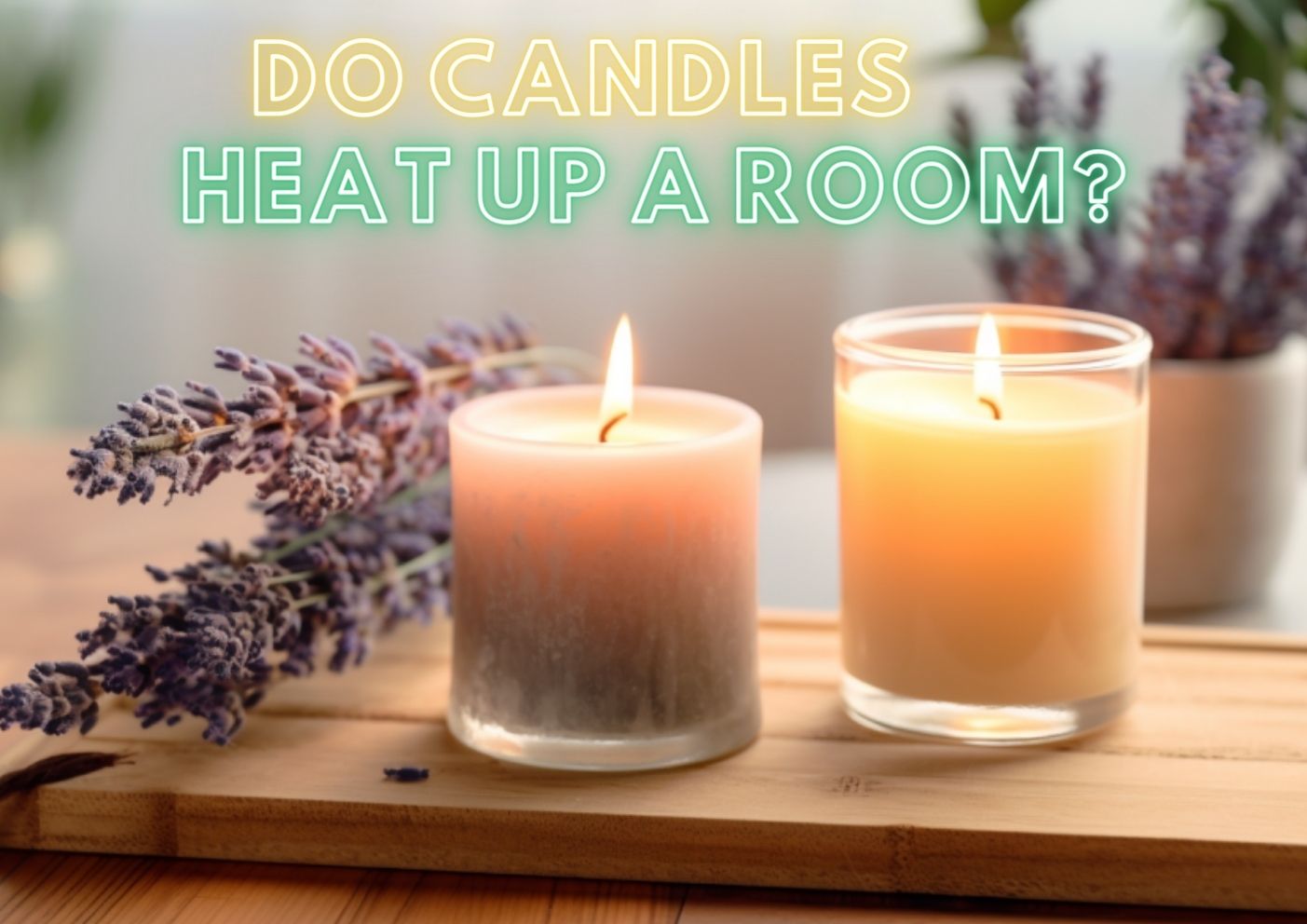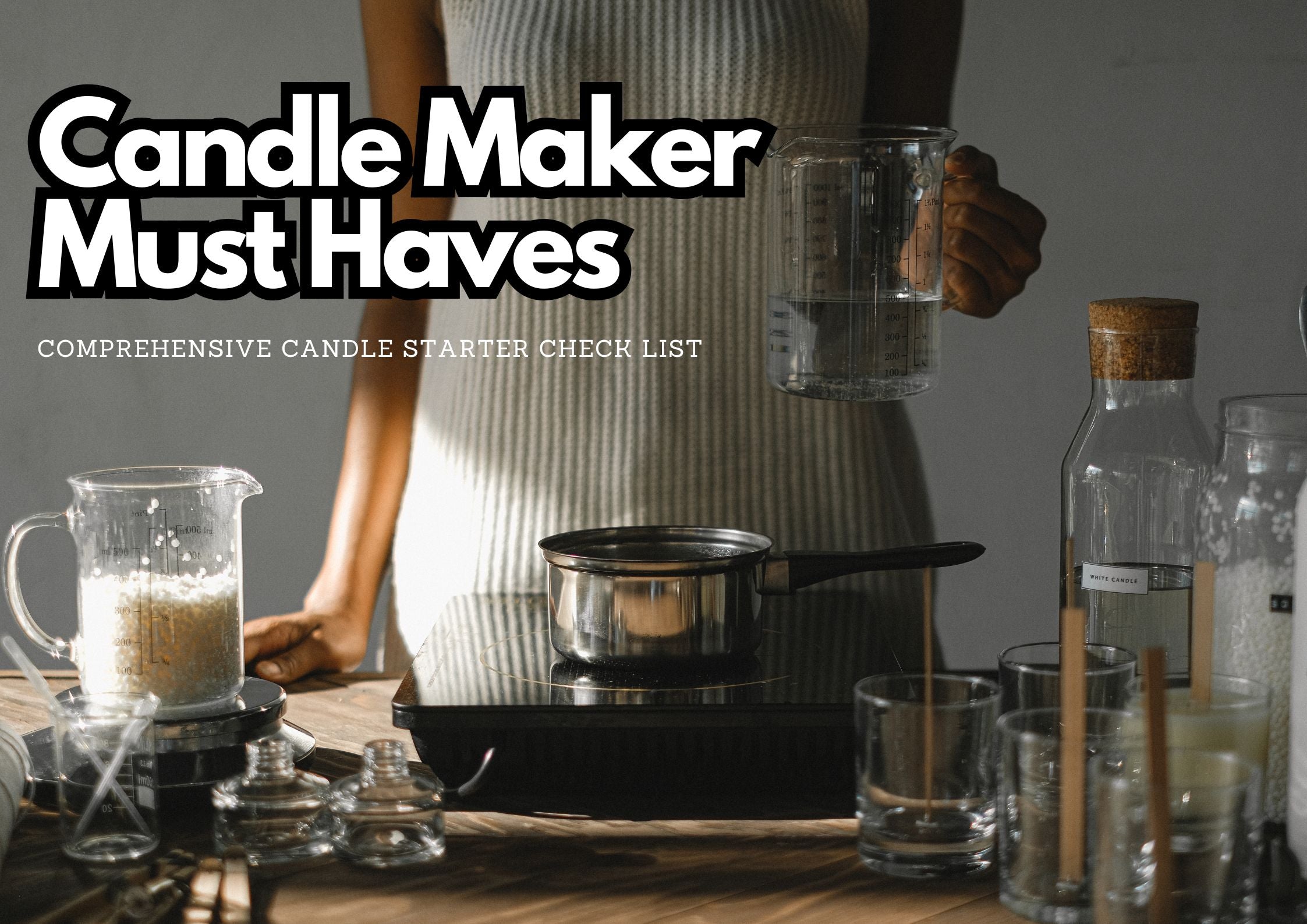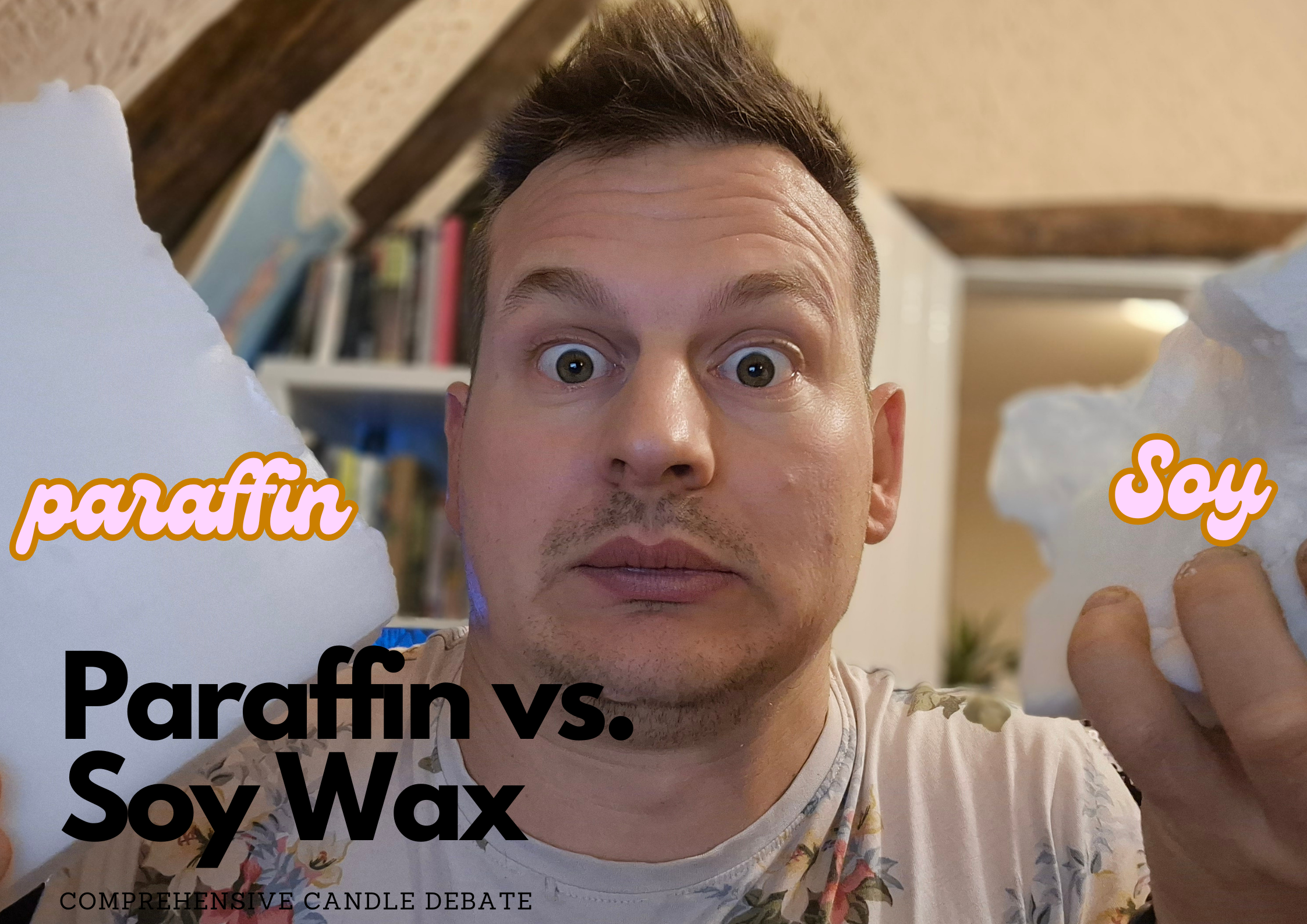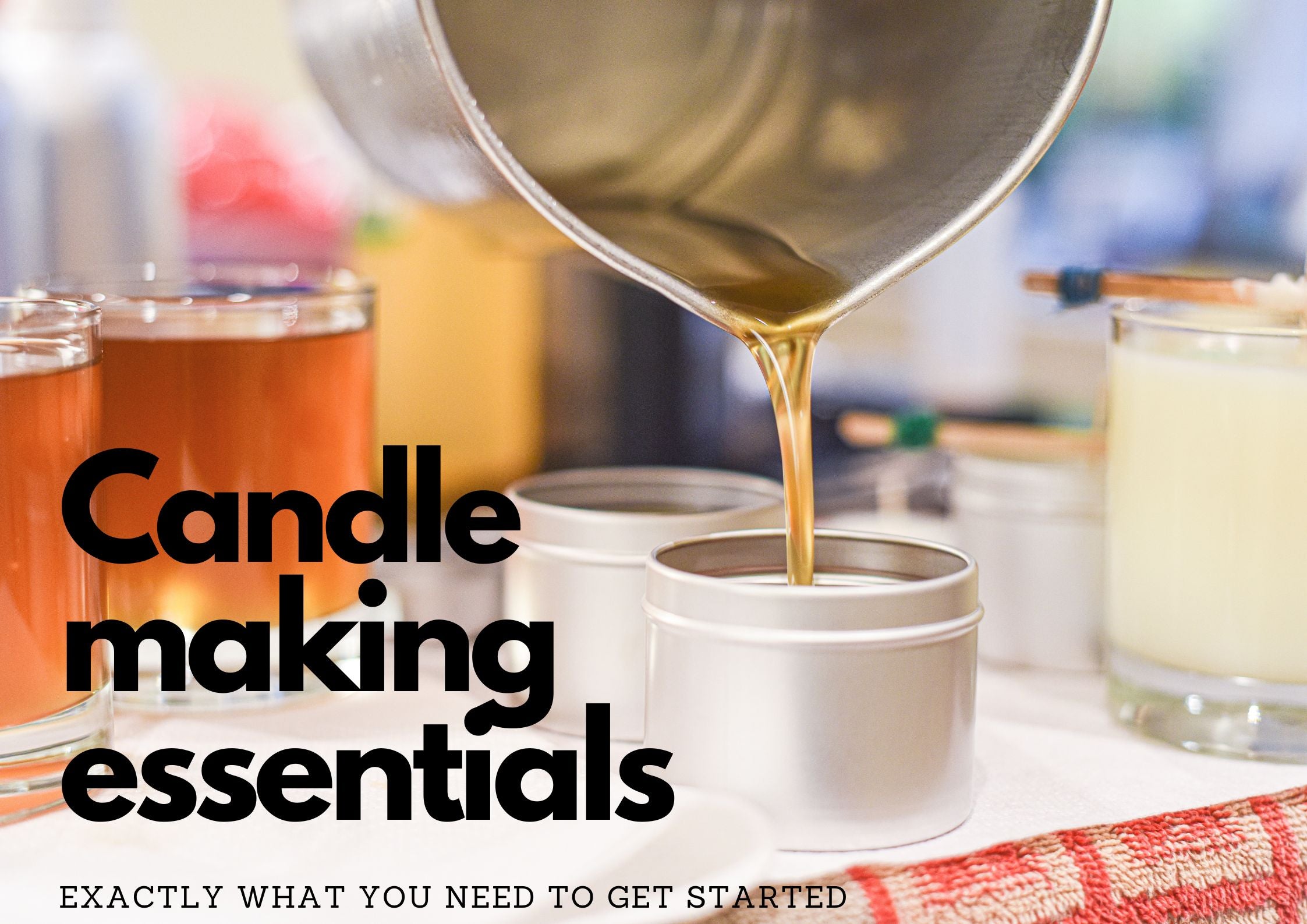Do candles heat up a room
Nov 30 , 2023
As the chill sets in, we all look for cosy ways to keep our rooms warm. Believe it or not, a simple candle has the power to raise the temperature around you. This article lights up the surprising truth about how candles can heat small spaces and offers tips on doing it safely and effectively.
Stay with us as we melt away the cold facts!
Key Takeaways
- Candles can produce a small amount of heat through combustion, making them suitable for heating small, enclosed spaces.
- Compared to traditional space heaters, candles have limited heating power and are more effective for creating ambiance rather than significantly warming up a room.
- Using DIY candle heaters with clay flowerpots can help radiate the heat produced by candles, but caution is needed to prevent fire hazards and carbon monoxide build-up.
- When using candle heaters, it's crucial to prioritise safety measures due to potential dangers like fire hazard and carbon monoxide poisoning.
The Science Behind Heating a Room with Candles
Candles produce heat through the process of combustion, which releases energy in the form of heat and light, making them an efficient source of warmth for small spaces.
Efficiency of candles
Candles give off a small amount of heat when they burn. This heat comes from the flame turning wax or other fuel into light and warmth. However, candles are not very powerful as a heat source compared to electric heaters or radiators.
The amount of heat energy they can release is quite low.
If you try to warm up a room using only candles, it might not work well in big spaces or very cold places. Candles can make a cosy feeling but for real warmth, better insulation and stronger heating methods do more.
Heating capacity of candles
When it comes to the heating capacity of candles, it's important to understand that they can produce a small amount of heat. The flame of a candle emits a modest amount of radiant and convective heat, which can provide some warmth in a confined space.
However, compared to traditional heaters, candles have limited heating power and are more suitable for creating ambiance rather than significantly warming up a room. It's essential to manage expectations when using candles for heating, as their effectiveness is best suited for small areas or as supplementary heat sources.
One should keep in mind that while candles can contribute some warmth, they may not be sufficient as the primary source of heating for larger spaces. Additionally, the heat output varies depending on factors such as the number of candles used and ventilation in the room.
Comparison with space heaters
Space heaters are more powerful and efficient in heating large areas compared to candles. They produce heat using electricity or gas, providing instant warmth at the flick of a switch.
Meanwhile, candles are best suited for smaller spaces due to their limited heat output and slower rate of warming. Space heaters also come with safety features and adjustable settings for controlled heating, unlike candles which pose fire hazards if left unattended.
Additionally, space heaters can be a better option for maintaining consistent warmth over extended periods.
How to Use Candles and Flowerpots to Heat a Room
Create a DIY candle heater by placing a few tealight candles inside a small clay flowerpot, and then cover it with a larger upside-down pot to trap the heat. Use caution and ensure proper ventilation when using this method to avoid potential dangers from carbon monoxide build up.
Method for making a DIY candle heater
To make a DIY candle heater, you will need a few simple materials: a clay flowerpot, preferably one that is unglazed and around 6-8 inches in diameter, and some large nuts or washers.
Start by placing the nuts or washers on a heat-resistant surface and then position the flowerpot upside down over them. Next, light several tealight candles and place them inside the pot.
The clay material will help to trap and radiate the heat produced by the candles, effectively warming up a small room without electricity.
Tips for using a candle heater effectively

When using a candle heater, ensure it is placed on a stable surface away from any flammable materials. Position the flowerpot over the lit candles securely to prevent accidental tipping.
Allow for proper ventilation in the room to avoid buildup of carbon monoxide when using multiple candle heaters.
Moving on to "Potential dangers of using a candle heater," let's explore important safety considerations that should not be overlooked.
Potential dangers of using a candle heater
Using a candle heater comes with potential dangers. The open flame poses a fire hazard, especially if left unattended or placed near flammable materials. Additionally, there is a risk of carbon monoxide poisoning if the area is not adequately ventilated.
It's important to place the candle heater on a stable surface to prevent accidental tipping and keep it out of reach of children and pets.
Always ensure proper ventilation when using a candle heater to prevent the build-up of harmful gases. Moreover, be cautious when handling matches or lighters near the open flame. Regularly check for any signs of damage in the candle holder or pot used for heating.
Can Candles Effectively Heat a Room?
Consider the limitations of candle heaters and compare them with other heating methods before deciding to use them in your home. Read on to discover if candles can effectively heat a room!
Limitations of candle heaters
Candle heaters have limitations when it comes to heating larger or poorly insulated spaces, as their heat output is relatively low compared to traditional space heaters. They are most effective in small, enclosed areas where the radiant heat can be felt more intensely.
Additionally, candle heaters may not be suitable for individuals with respiratory issues due to the release of soot and other by-products into the air during combustion.
When considering using candle heaters as an alternative heating method, it's important to bear in mind that they require adequate ventilation and should never be left unattended. Comparatively, modern space heaters are often more efficient at quickly warming up a room and maintaining consistent temperatures without these concerns.
Comparing candle heaters with other methods of heating
Candle heaters are less powerful than traditional space heaters. Space heaters use electricity, providing consistent and reliable heat. They have adjustable settings for controlling the temperature, making them more versatile than candle heaters.
However, candle heaters offer a low-cost and eco-friendly alternative for smaller spaces or as a backup heating option during power outages.
When considering other methods of heating, such as central heating systems or electric radiators, candles may not be practical for large areas. These conventional systems can quickly provide warmth to an entire house but consume more energy and cost more to operate than candles.
Recommended conditions for using a candle heater
When using a candle heater, it is important to ensure proper ventilation in the room. Adequate airflow helps prevent the build-up of carbon monoxide. Additionally, placing the candle heater on a stable and heat-resistant surface away from any flammable materials is crucial for safety.
It's advisable to use candle heaters in small enclosed spaces rather than larger rooms for more effective heating.
To enhance the efficiency of a candle heater, consider using multiple units placed strategically within the room. Regularly inspecting candles for proper wick length and ensuring they are free from any obstructions will optimise their heating capacity.
Conclusion

In conclusion, candles can provide some heat to a small room. However, they are not as effective as traditional heaters. If you decide to use candle heaters, be mindful of potential hazards and limitations.
It's important to understand that while candles can offer some warmth, they may not completely heat up a room on their own. Consider using them as a supplementary heating option in specific conditions.
FAQs
1. Can candles make a small room warm?
Yes, candles can heat up a small room because the candle flame gives off heat that warms the air.
2. How much heat can a candle give to warm my room?
Candle heat output is low; so many candles might be needed to feel warmer in your room.
3. What's a flower pot heater and how does it work with candles?
A flower pot heater uses tealight candles placed under an upside-down clay pot. The candle flame heats the pot which then spreads warmth into the room.
4. Is using candles for heating a good way to save energy?
Candles are not very energy-efficient for heating rooms compared to other methods but they can be useful when there is no electricity.
5. Can I use something else besides just candles to keep my room warm without power?
Yes! Alongside using candles for warmth, people sometimes create DIY heaters by placing multiple tealight candles inside metal cans or behind bricks to help spread out their heat better.





